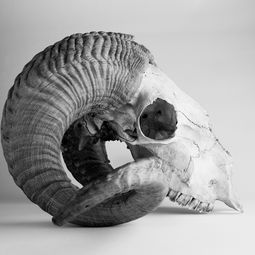Content:
Introduction: Fly fishing is an art form that requires patience, skill, and a deep understanding of the natural world. One of the most crucial aspects of fly fishing is setting up a successful rig, and a key component of this is the use of a fly fishing rig known as a "hook-up" or "hook-up rig." This article will delve into the art of fly fishing and provide you with essential techniques for mastering the art of setting up a hook-up rig.
Understanding the Hook-Up Rig: Before we dive into the techniques, it's important to understand what a hook-up rig is. A hook-up rig is a type of fly fishing rig that consists of a mainline, leader, tippet, and fly. The mainline is the backbone of the rig, while the leader and tippet are designed to mimic the natural movements of the fly and to reduce the likelihood of detection by fish. The fly itself is the bait, and it's what will attract the fish to your rig.
Selecting the Right Equipment: The first step in setting up a successful hook-up rig is to select the right equipment. Here are some key considerations:
Mainline: Choose a mainline that is appropriate for the type of fishing you'll be doing. For instance, if you're fishing in clear water, a thin mainline will be less visible to fish. Mainlines typically range from 6 to 14 pounds in weight.
Leader: The leader is the segment of the rig that is designed to be flexible and resistant to breakage. It's usually made of a material like monofilament or fluorocarbon and should be about 9 to 12 feet long. The diameter of the leader should be about 1/4 to 1/2 the diameter of the mainline.
Tippet: The tippet is the smallest part of the rig and is attached to the leader. It is used to attach the fly and should be about 6 to 12 inches long. The diameter of the tippet should be a few pounds lighter than the leader.
Fly: Choose a fly that matches the natural food sources in the water you're fishing. The size and color of the fly should also be appropriate for the conditions.
Setting Up the Hook-Up Rig: Now that you have the right equipment, let's go through the steps of setting up the hook-up rig:
Thread the mainline through the rod guides from the tip to the reel. Make sure it is centered and runs smoothly through all the guides.
Attach the leader to the mainline using a blood knot or a similar knot that is strong and secure. The knot should be tied close to the rod tip.
Attach the tippet to the leader using another blood knot or a clinch knot. The tippet should be tied close to the leader.
Attach the fly to the tippet using a improved clinch knot or a surgeon's knot. Make sure the fly is securely attached and that the tippet is long enough to allow for a natural presentation.
Adjust the leader and tippet lengths as needed to ensure the fly is presented at the appropriate depth and distance from the rod tip.
Techniques for a Successful Hook-Up: Once your hook-up rig is set up, here are some techniques to help you catch more fish:
Cast with the wind: If the wind is blowing, use it to your advantage. Cast with the wind to ensure your fly lands softly and with minimal disturbance.
Watch for strikes: Be attentive to any changes in the line or fly. A sudden movement or a pause in the line can indicate a fish has taken the fly.

Adjust your retrieve: Experiment with different retrieves to see what works best in your fishing environment. Sometimes a slow, steady retrieve can be more effective than a fast, erratic one.
Be patient: Fly fishing is a waiting game. Don't get discouraged if you don't catch fish immediately. Fish can be finicky, and patience is key.
Learn from your mistakes: If you miss a fish or don't get a bite, take the time to analyze what went wrong and how you can improve your technique.
Conclusion: Mastering the art of fly fishing, especially setting up a successful hook-up rig, takes time, practice, and a deep understanding of the natural world. By following the steps outlined in this article, you'll be well on your way to becoming a proficient fly fisherman. Remember, the key to success is patience, practice, and a willingness to learn from each experience on the water. Happy fishing!












